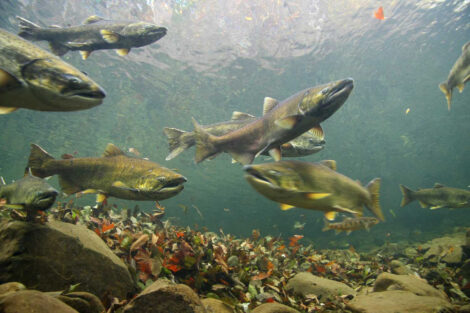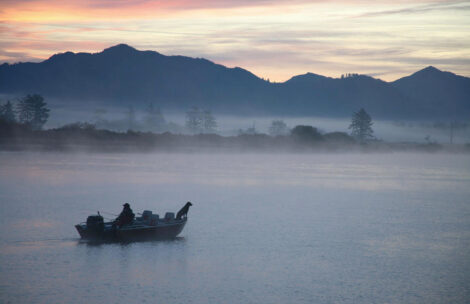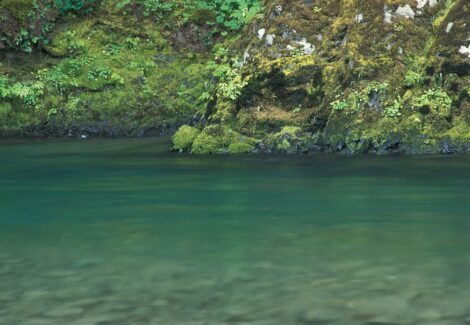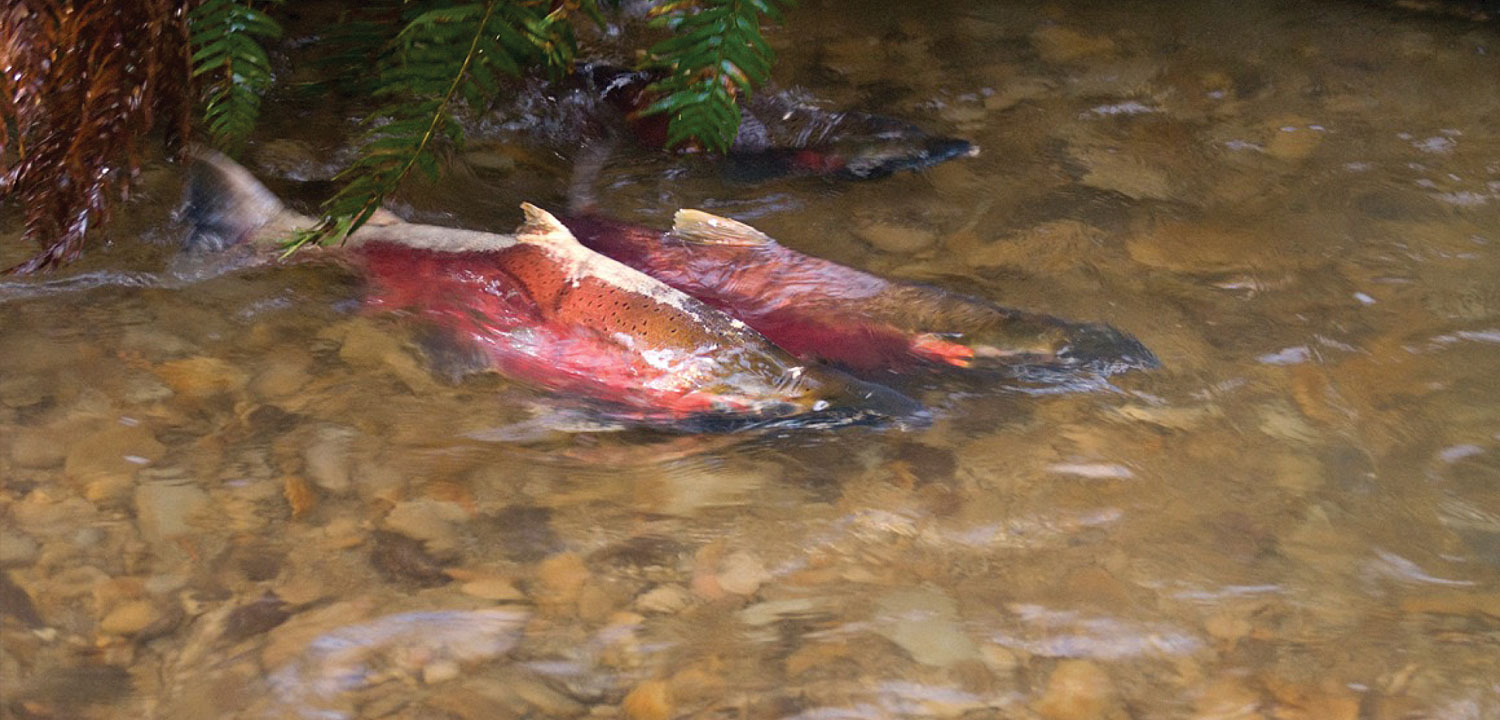25 coastal watersheds are now “hatchery free” under Oregon’s new plan.
Salmon hatcheries were first created by state and federal governments in the Pacific Northwest in the late 19th century in response to rapidly declining runs due largely to overfishing. Hatcheries were later expanded to compensate for lost habitat caused by dam construction and other development in the region.

But science has since proved that hatchery fish pose a major threat to wild populations by competing for food and watering down genetic diversity through interbreeding. Genetic diversity is critical for wild populations to adapt to changing watershed and ocean conditions resulting from the projected impacts of global climate change, pollution, and development.
Every year, more than five billion young salmon and steelhead are released from hatcheries across the Pacific.
Wild Salmon Center believes hatcheries play an important role producing salmon for recreational and commercial harvest. But we should prevent the spread of hatcheries into rivers that support important runs of wild fish.
Oregon Coast sanctuaries

On the Oregon Coast, a series of rivers north of the Rogue River stretching up to the Columbia remain free of hatchery fish. As a result, the Oregon Coast represents the largest regional sanctuary in the lower 48 for wild fish, and we are working with partners to keep it that way. WSC supported the Oregon Department of Fish and Wildlife in establishing “Wild Fish Emphasis Areas” on roughly half the watersheds between the Rogue River and Columbia. The state has committed to keep these watersheds “hatchery free” for 12 years.
Oregon’s acknowledgement that hatchery-reared fish pose a threat to wild populations represents a critical step in the state’s evolving management of wild fish. In the coastal watersheds where hatchery programs remain, Oregon is also working to reduce the impact of hatchery fish on wild stocks through a variety of approaches, including reducing hatchery releases in some watersheds and changing hatchery release locations and timing to avoid overlap with wild salmon migrations.
Washington Coast sanctuaries

In 2012, the Washington Department of Fish and Wildlife established the state’s first Wild Salmonid Management Zone on the Sol Duc, ending hatchery steelhead releases on this famed Washington Coast river. The Washington Coast Sustainable Salmon Plan, adopted by the Governor’s Salmon Recovery Office, supports establishing additional sanctuaries on the coast. WSC is working with local tribes and the state to identify the next candidates, which could include the Hoh, Calawah and Clearwater.
